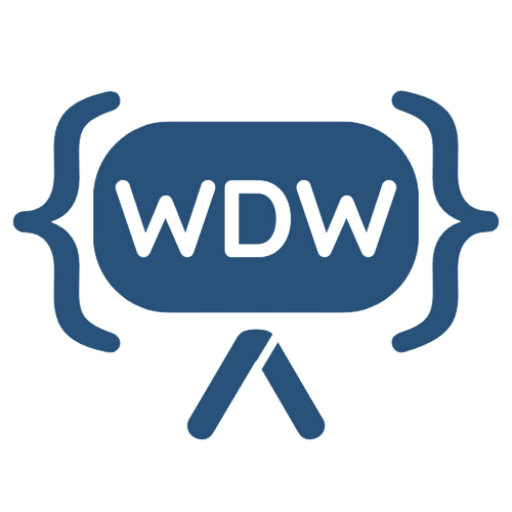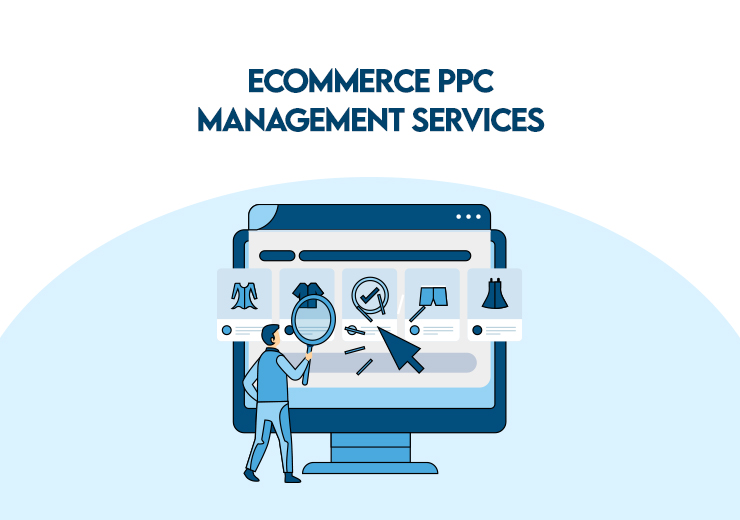Introduction
In today’s highly competitive Ecommerce landscape, standing out among thousands of online retailers can be challenging. That’s where Pay-Per-Click (PPC) advertising comes in. Effective PPC management helps Ecommerce businesses gain visibility, attract more potential buyers, and ultimately increase sales. In this article, we’ll explore what Ecommerce PPC management entails, how it works, and the strategies you need to optimize your campaigns for success.
What is PPC (Pay-Per-Click) Advertising?
PPC advertising is a form of digital marketing where advertisers pay a fee each time their ad is clicked. Rather than earning organic traffic through SEO, PPC allows businesses to buy visits to their websites, placing their ads in front of users who are actively searching for related products or services.
In the world of Ecommerce, PPC campaigns typically focus on promoting products through search engines, social media, and display networks. When managed effectively, PPC can be a highly cost-effective way to generate sales quickly.
Types of PPC Ads for Ecommerce
There are several types of PPC ads that can benefit Ecommerce businesses, each with its own unique approach:
- Search Ads: These are text-based ads that appear at the top of search engine results pages (SERPs) when users search for specific keywords.
- Display Ads: These are image or video ads that appear on websites within the Google Display Network or social media platforms, targeting users based on their interests and browsing behavior.
- Shopping Ads: Google Shopping Ads display product images, prices, and descriptions directly in search results, giving shoppers detailed information before they even click on the ad.
- Social Media Ads: Platforms like Facebook, Instagram, and Pinterest allow businesses to run ads that appear in users’ feeds, targeting them based on demographics, interests, and behavior.
Why PPC is Crucial for Ecommerce Success
Why should Ecommerce businesses invest in PPC? The answer is simple: visibility, targeting, and conversions.
- Increasing Visibility and Traffic: PPC ads ensure that your products are seen by the right audience at the right time. With millions of online searches happening every day, PPC places your business front and center when potential customers are actively searching for products you offer.
- Targeted Advertising: PPC allows for precise targeting based on keywords, demographics, interests, and even shopping behavior. This means your ads are more likely to reach users who are ready to make a purchase.
- Driving Conversions and Sales: Unlike organic marketing, PPC is designed to deliver fast results. By targeting users with high purchase intent, PPC campaigns often result in higher conversion rates and a faster return on investment (ROI).
Setting Up a PPC Campaign for Ecommerce
Setting up a PPC campaign requires careful planning. Here’s how to get started:
- Keyword Research: Start by identifying the search terms potential customers might use to find your products. Tools like Google Keyword Planner and SEMrush can help you discover relevant keywords with good traffic potential.
- Ad Copywriting: Write compelling, clear, and concise ad copy that highlights your product’s unique selling points (USPs). Make sure to include a strong call-to-action (CTA) to encourage clicks.
- Choosing the Right Platforms: Decide which platforms you want to advertise on based on where your target audience is most active. Google Ads is essential for search and shopping ads, while Facebook and Instagram are ideal for visually-driven campaigns.
- Setting a Budget: Determine how much you’re willing to spend on your PPC campaign. Start with a modest budget and adjust as you gather data on what works.
PPC Platforms for Ecommerce Businesses
There are several popular PPC platforms for Ecommerce, each offering unique advantages:
- Google Ads: The largest PPC platform, Google Ads allows businesses to run search, display, and shopping campaigns, targeting users based on search intent and browsing behavior.
- Facebook Ads: With detailed demographic and interest-based targeting, Facebook Ads are great for reaching potential customers in social media feeds.
- Instagram Ads: A highly visual platform, Instagram Ads work well for Ecommerce businesses that rely on strong imagery to sell products.
- Amazon Ads: For businesses that sell on Amazon, PPC ads within the platform allow products to be prominently displayed when users search for relevant keywords.
Keyword Research for Ecommerce PPC
Effective keyword research is critical for the success of any Ecommerce PPC campaign. You want to target keywords that your potential customers are searching for and that have high conversion potential.
- Importance of Keyword Research: Targeting the wrong keywords can waste your budget. Focus on keywords that align with user intent—what are customers looking for, and how can your products fulfill their needs?
- Tools for Keyword Research: Tools like Google Keyword Planner, Ahrefs, and Moz can help identify valuable keywords for your campaigns. Use these tools to find keywords with decent search volume but low competition.
- Long-Tail vs. Short-Tail Keywords: While short-tail keywords (e.g., “shoes”) have higher search volume, long-tail keywords (e.g., “best running shoes for women”) are more specific and often have a higher conversion rate.
Creating Effective PPC Ads
Crafting effective PPC ads requires a combination of persuasive copywriting, clear visuals, and strategic messaging:
- Writing Compelling Ad Copy: Keep your ad copy simple, highlighting the benefits of your product and including a strong CTA. Use urgency and promotions when appropriate, like “20% off this week only!”
- Using Images and Videos in Display Ads: For display ads, high-quality visuals are crucial. Showcase your products in use, and consider adding videos to explain key features or benefits.
- Best Practices for Product Shopping Ads: Make sure your product titles and descriptions are optimized with relevant keywords. Include high-quality images and accurate pricing information.
Landing Pages and Conversion Rate Optimization (CRO)
Driving traffic to your website is only half the battle. You need to ensure that your landing pages are optimized to convert visitors into customers:
- Designing Effective Landing Pages: Your landing page should be easy to navigate, with a clear CTA, high-quality images, and concise product descriptions. The page should load quickly and offer a seamless shopping experience.
- Importance of CRO for PPC Campaigns: Conversion Rate Optimization (CRO) focuses on improving the percentage of visitors who complete a desired action, such as making a purchase. Simple changes like improving page speed or adding customer reviews can make a big difference.
- Optimizing for Mobile Users: With an increasing number of users shopping from their smartphones, it’s essential that your landing pages are mobile-friendly.




